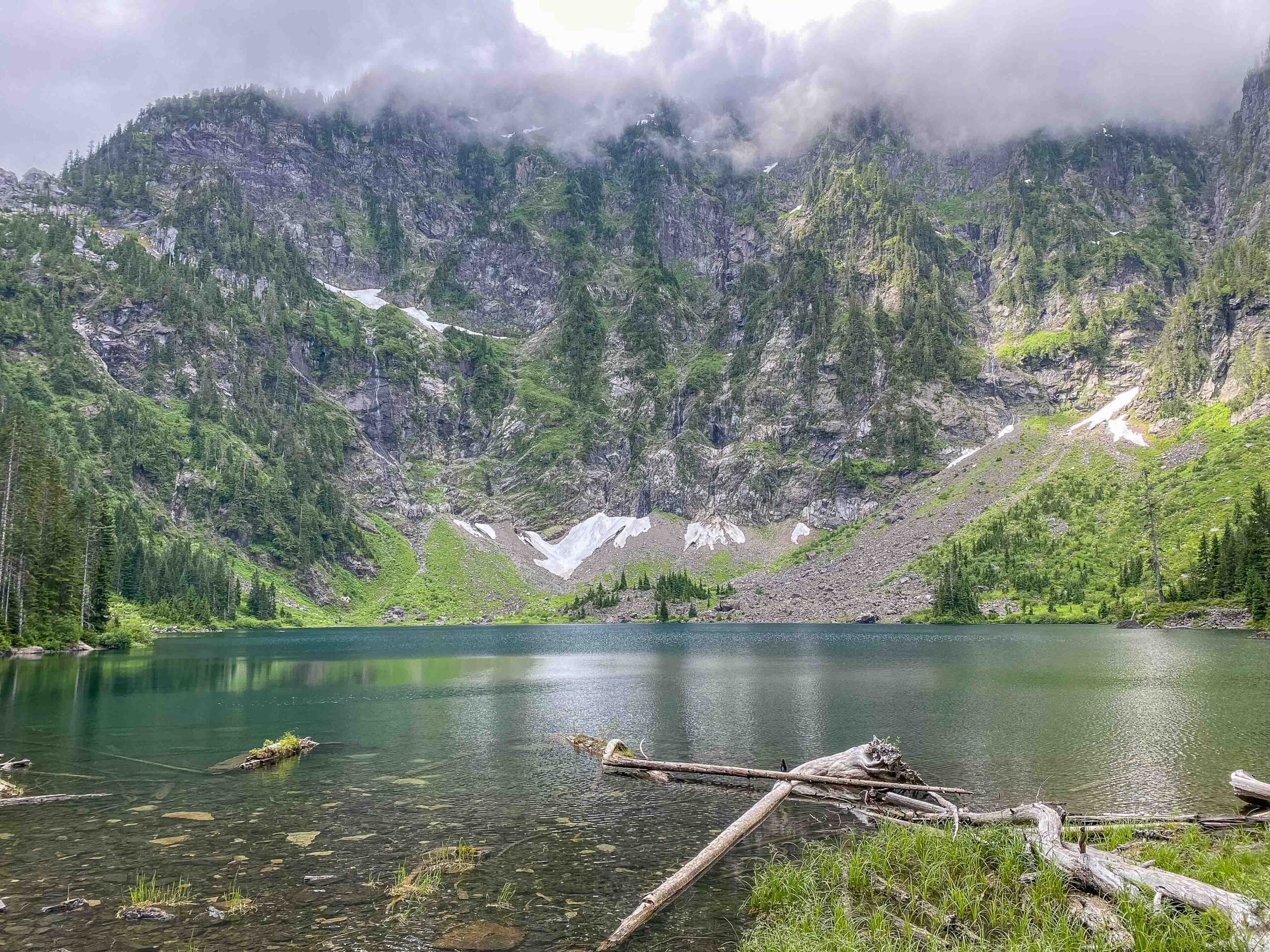
Four Years Along the Trail of Change
Milestone Post / A Reflection Essay
Blog post 180 is longer than usual. It’s a 3,000-word look at how four years of blogging, hiking, and leading have shaped the way I see movement, nature, writing, and change. It’s part memoir, part field guide, part love letter to change. Scroll to what speaks to you or savor each section slowly. I did while writing it.
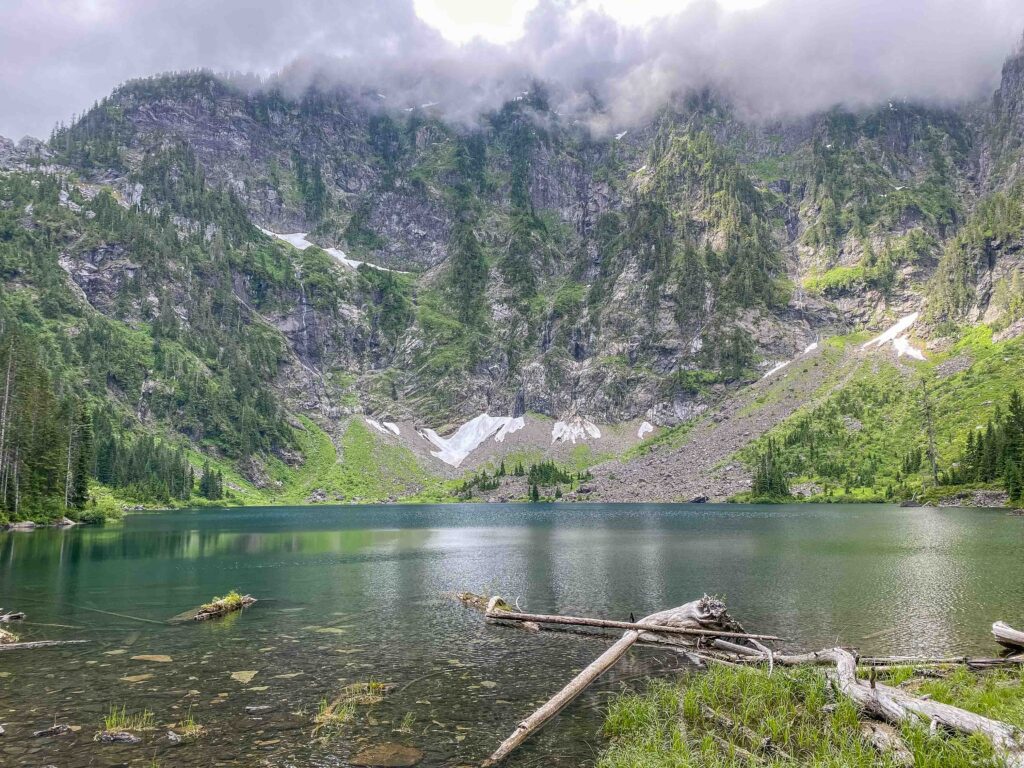
Why I Started My Blog About Change
Four years ago, in the middle of COVID, I decided that I had to make something positive and creative out of the pandemic. My daughter was about to start her senior year at Shorecrest High School, and I faced the emotional unknown of having an empty nest. At the same time, my personal training business had taken a serious hit, shifting almost entirely to online coaching.
I’d always loved writing, but a familiar inner gremlin piped up: “It’s all been written before—why bother?” For more than seven years, I’d wrestled with the idea of starting a blog. Then, in July, 2021, I finally tossed those doubts to the wind. After a few weeks of experimenting, I launched CourtSchurmanGo. GO was my acronym for “Get Outside,” but it also worked for anyone wanting to GO, or MOVE FORWARD in their life. My first post was a 342-word poem titled “Seattle Sounds.”
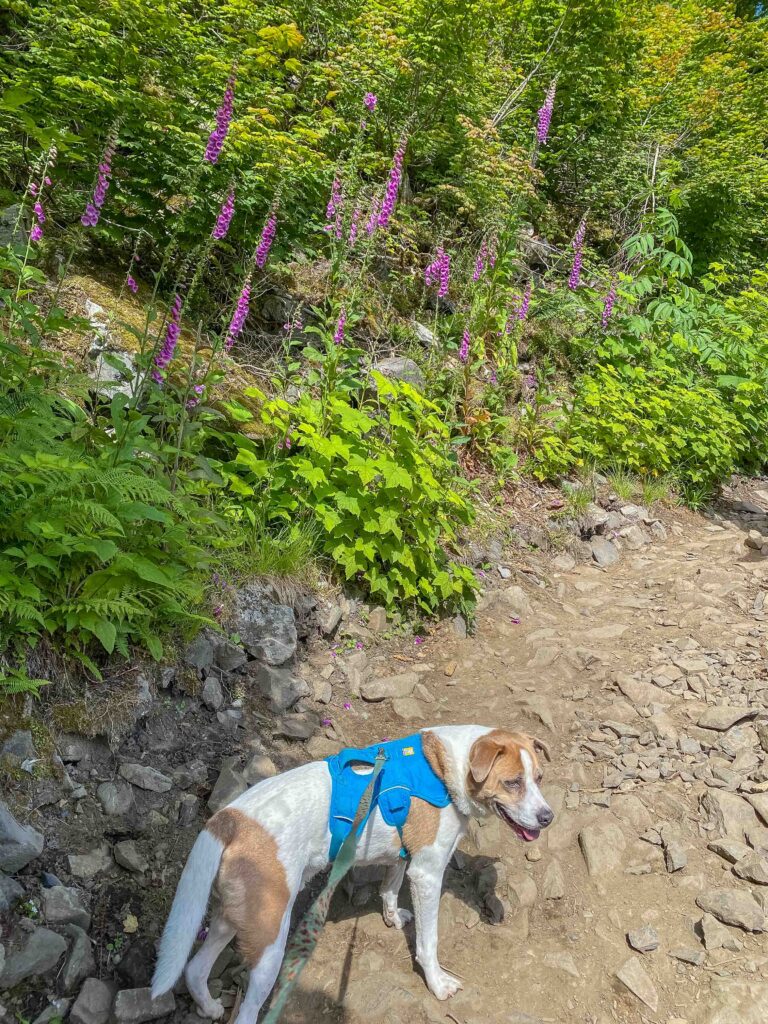
It aimed to capture the way the pandemic had shifted my senses and my life. In it, I began rewriting two long-held internal stories: “I have nothing to say,” and “I can’t do technology.”
Now, four years and 180 blog posts later, I’m still on the trail—still writing, still learning. I’ve discovered I have boatloads to say, and that technology is just another trail to navigate. Perhaps most unexpectedly, blogging has helped me deepen connection: with readers, yes, but even more so with myself.
Journeying Through Change: Strength, Then and Now
In the early 2000s, I was still chasing summits as a climb leader. During COVID, that shifted toward hiking—an activity I could do solo, with my dog, or with one trusted partner instead of a large group. At the time, I still focused primarily on the physical strength and stamina required.
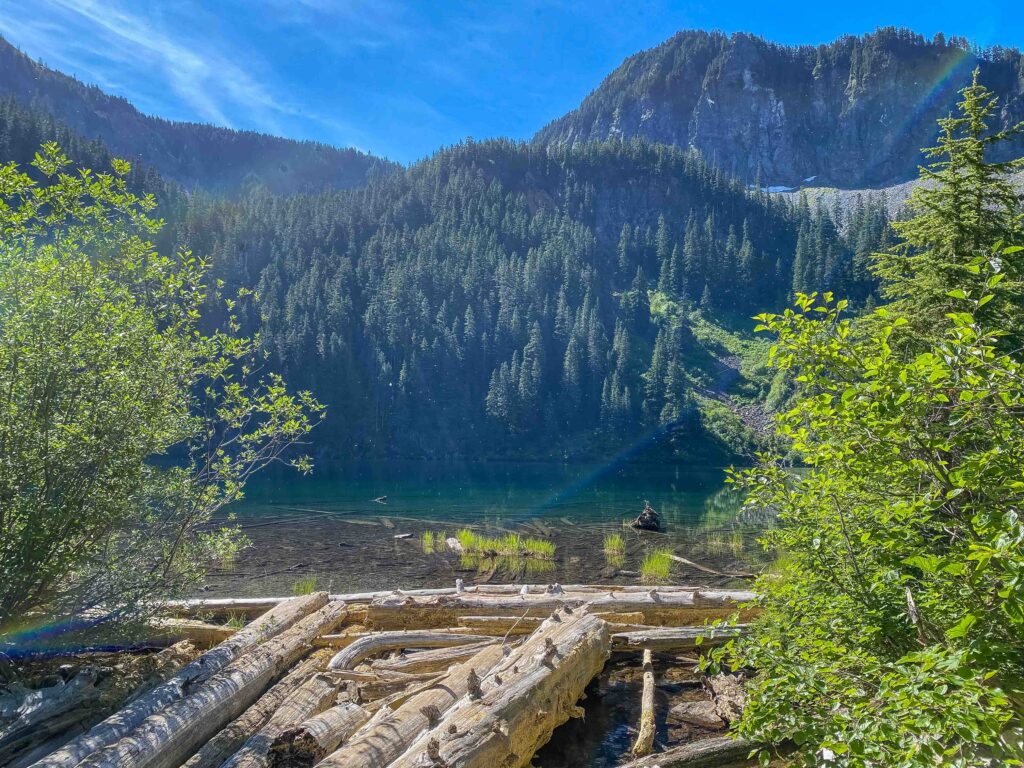
Today, my attention has shifted toward the mental strength and leadership mindset needed on the trail. Since gaining access to the Mountaineers hike leader list in November 2024, I’ve led weekly hikes nearly every Tuesday. Each outing brings a new group, new challenges, and new opportunities to grow.
Historically, whenever I received a negative comment, whether about a class I taught or a hike I led, I’d dwell on it, replaying the critique in my mind instead of celebrating what went well. That changed this week.
Annette Lake, July 1, 2025
On Tuesday, I led seven of us up to Annette Lake. We were first on the trail and were rewarded with a soundscape of birdsong and an entire hour at the lake to ourselves. Four of us even waded in the clear water before descending, passing more than 50 people and half a dozen dogs heading up.

Everyone in my group seemed to have a wonderful experience. But in the feedback afterward, one comment stood out:
“The leader should have brought bug spray” along with a rating below “Excellent.”
Historically, I’ve taken negative criticism personally. This time, I laughed.
I knew exactly who had written it. However, I never use bug spray myself. I rely on other methods — bug nets, long sleeves, stopping in sun instead of shade, keeping moving — and had even linked to hike reports mentioning insects. If they didn’t read the reports, that’s on them, not me.
Interpretation
That realization gave me a profound sense of clarity. I was reminded of Eleanor Roosevelt’s famous quote:
“No one can make you feel inferior without your consent.”
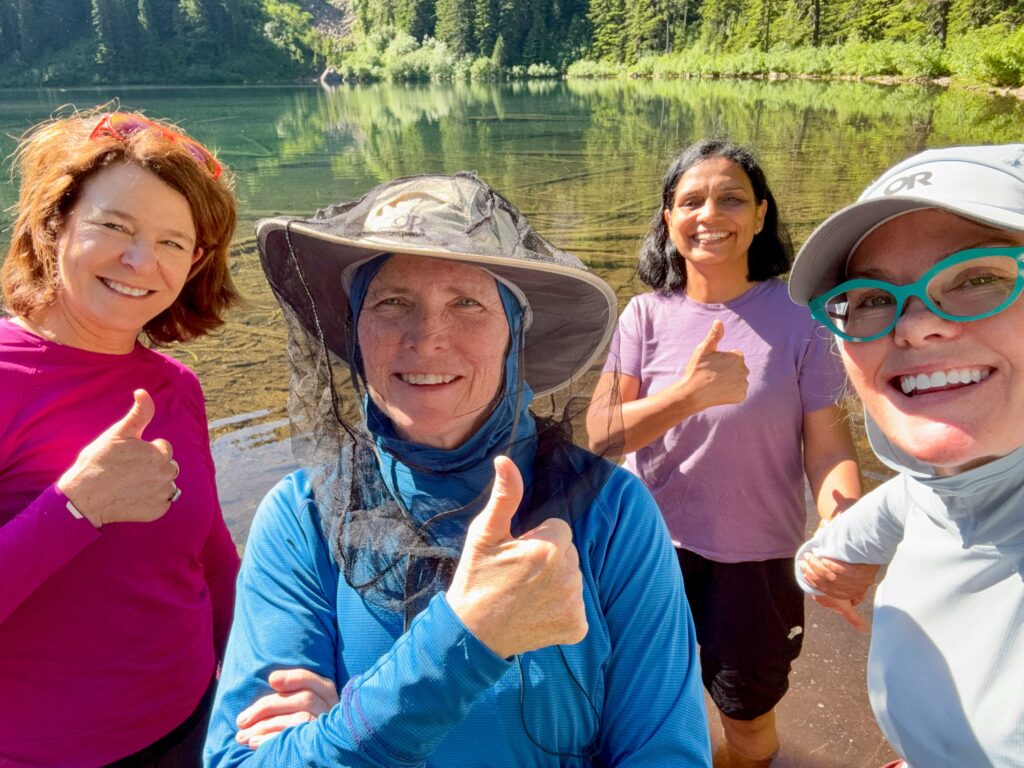
Seeing their concern as more of an experiential expectation, rather than a personal failure, helped me remain tall in my leadership role. We can’t (and shouldn’t try to) please everyone. Trying to do so doesn’t serve others—and it certainly doesn’t serve me.
When I can laugh at criticism, missteps, or the unavoidable surprises nature throws at me, and show others that mistakes are part of the process, then I’m modeling something far more valuable than perfection. Mistakes are how we learn, grow, and evolve. Leaders, like everyone else, are works-in-progress. It’s how we recover, not how we perform, that reveals our true strength.
Nature as Mirror: From Conquest to Communion
When I first began writing about my outdoor adventures with Ajax, nature was often the backdrop for transformation, something to be conquered. I sought out summits, elevation gain, difficult terrain. The harder the trail, the better the story. Like many outdoor athletes, I equated effort and achievement with worth.
But somewhere along the way, I felt a shift. I wasn’t just hiking through nature, but with it. Listening more. Slowing down. Absorbing, not just observing. Even on trails I’d visited many times before, new details began to reveal themselves: a flicker of a junco’s wings, sun rays burning through fog, the shimmer of spider webs brought into sharp focus from early morning dew.
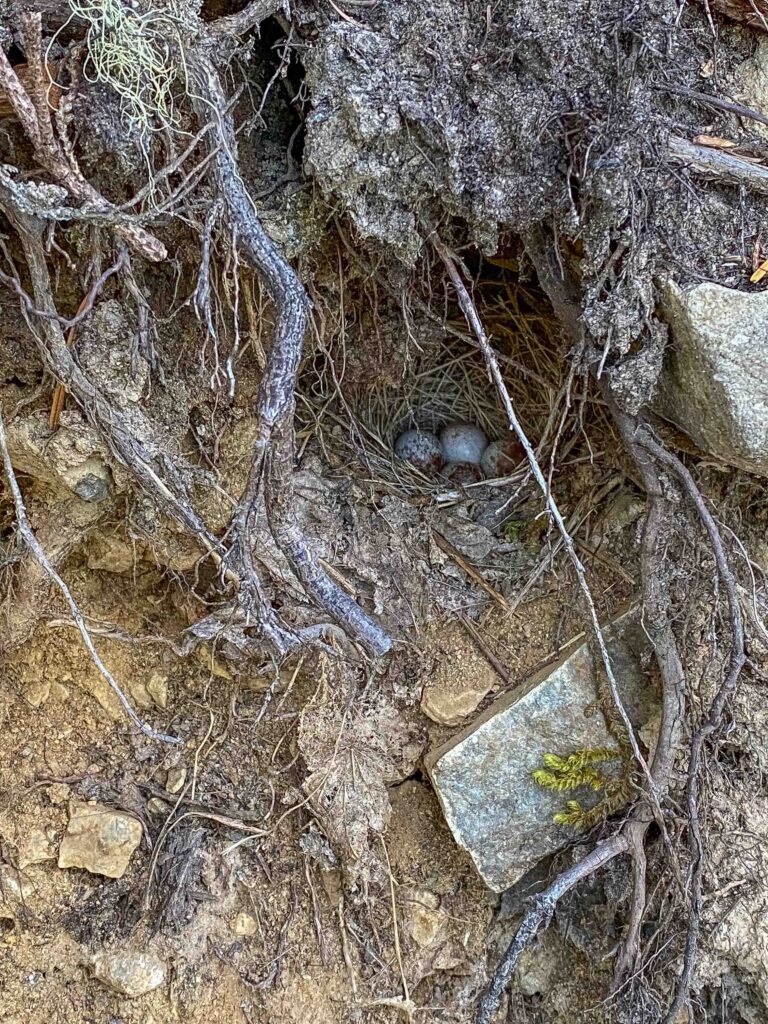
Instead of trying to conquer a mountain, I now try to commune with it. That’s not just a difference in pacing, it’s a difference in purpose.
Personal Mantra: The Importance of the Wood Duck
This shift mirrors a deeper personal change: I’ve grown more patient with my surroundings, with others, and with myself. When I lead now, I’m not trying to impress anyone or prove anything. I’ve even come up with a personal mantra:
I lead from the wood duck life within me.
I have nothing to prove, only to trust and be.
I’m trying to create space—for connection, safety, learning, and curiosity.
Nature’s Gifts
It’s as if nature, which once tested my strength, now reflects it back to me in subtler, quieter ways, providing breadcrumbs that I’m on the right path. Sending a junco flying low in front of me so I could discover her tiny nest and four eggs. Having my hiking partner startle a mother grouse to reveal two tiny chicks not yet ready to fly. Even the deceased chestnut backed chickadee we moved to the side of the trail reminded me that anything can happen in a moment, and to be prepared, like the wood duck, to pivot and let the rain fall off my feathers.
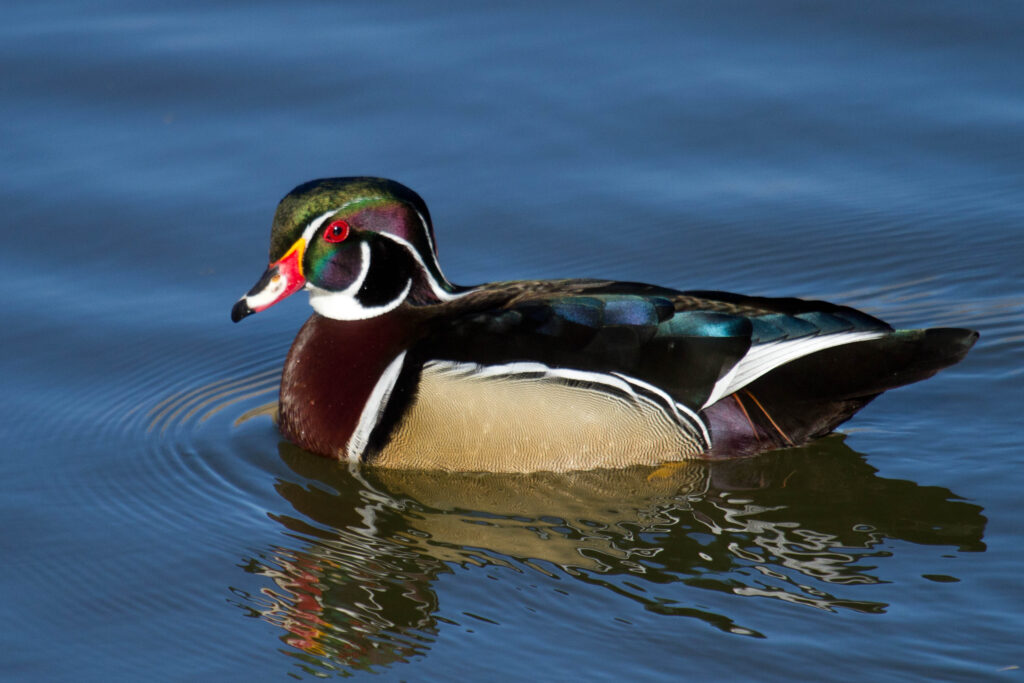
These metaphors are not things I could have accessed four years ago—not without the trail teaching me how to open myself up to using my senses, and experiencing nature differently.
A gentler, more reciprocal relationship with nature parallels how I’ve come to understand change itself. It’s not a summit to reach. It’s a winding, sometimes repetitive path—one that asks for readiness, not force. And it’s full of surprises if I’m open to them. With time, perhaps I can find a way to bring that natural ease, grace, fluidity, and strength into my still-chaotic and unknown work world.
How Change Happens
If there’s one truth blogging has revealed to me, it’s this: real internal change is gradual. It doesn’t arrive all at once, and it doesn’t respond well to pressure. Change asks us to be ready, willing, and able—in that order.
I used to wrestle with a lot of “should’s”: I should be more tech-savvy, know exactly how to market my coaching, and have more energy, more clients, more clarity. But “should” only creates guilt and paralysis. Should stifles our creativity and shuts us down.
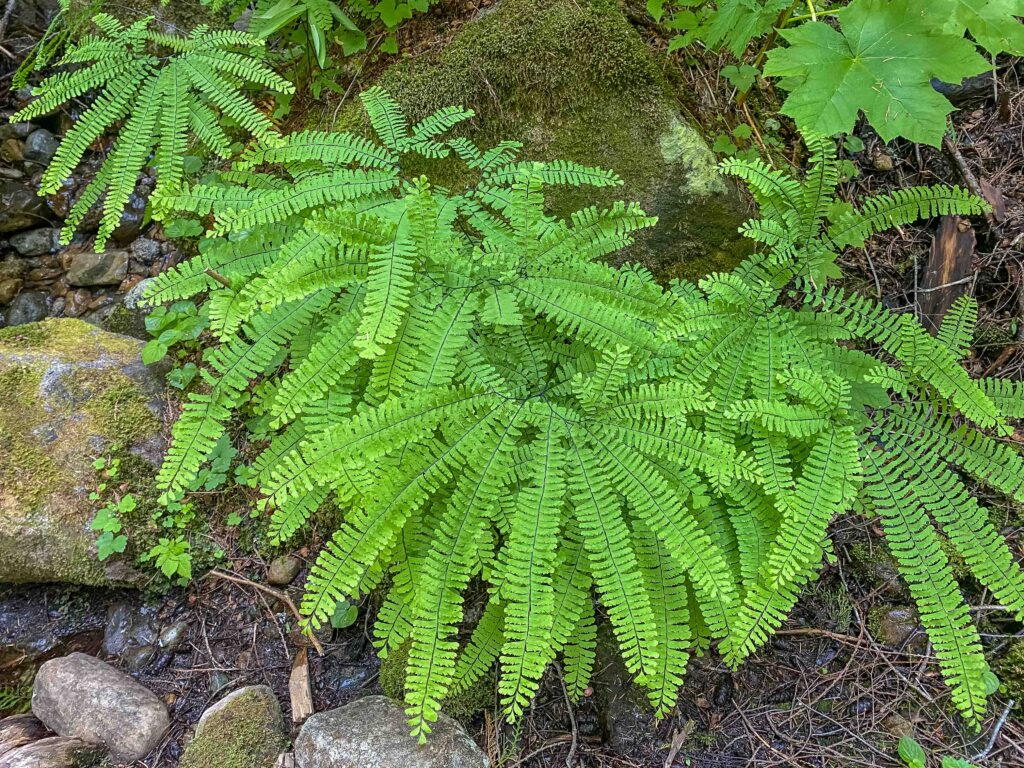
What works—at least for me—is noticing small wins and choosing to let them matter. Letting go of what isn’t mine to fix. Letting good in.
Change: Interpretation in Work
That’s what I’m trying to do now with Z-Health, a body-brain training system my husband Doug and I have been studying for more than a year. I’ve resisted parts of it—not because it lacks value, but because the pace, breadth, and depth feel completely overwhelming. “Jack of all trades, master of none” has historically been my modus operandi, but I can’t adhere to that when I’m tasked with helping to solve increasingly complicated problems for clients.
The more I soften my grip, however, the more I trust that I can take it one day at a time. One person at a time. One problem, hike, adventure at a time.
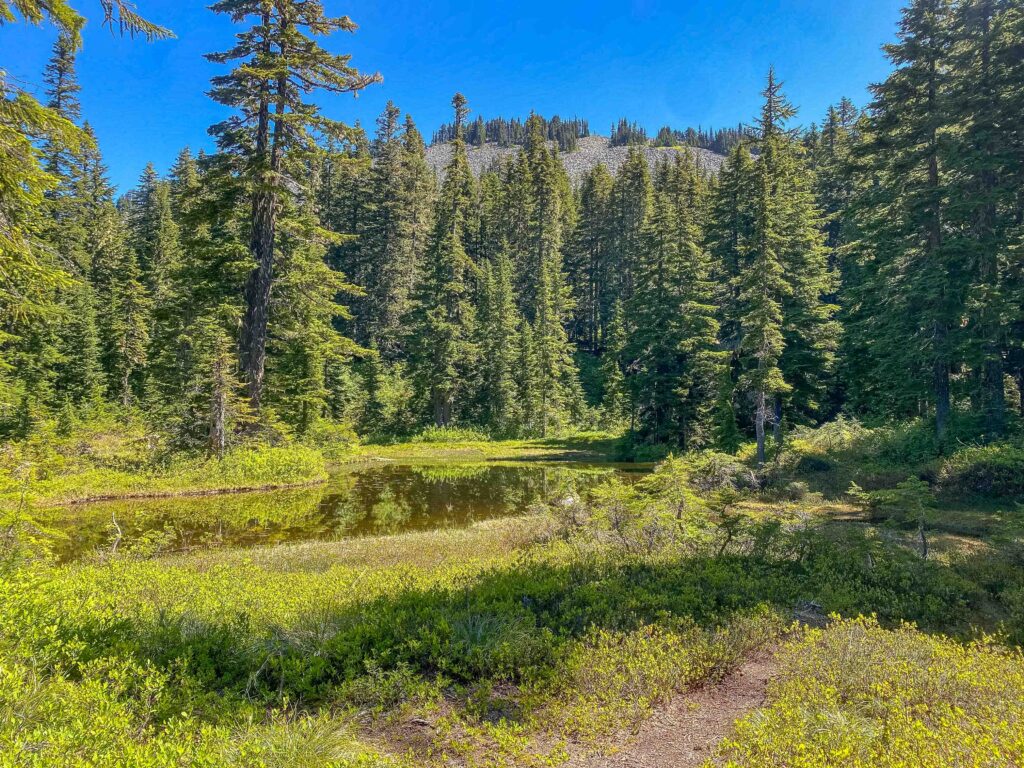
That same principle is showing up in my leadership. I recently learned I’ve led or co-led the most hikes for the 2025 CHS (the Mountaineers’ Conditioning for Hiking Series) program — by a lot. I wasn’t aiming for that distinction, but it means something to me. It’s a sign that I’m making an impact—by showing up, by creating consistent space for others to grow, by teaching what I know in a way that makes a difference.
My Mission
My mission has always been to help outdoor athletes feel safe, strong, competent, and seen on the trail. That’s what keeps me showing up each Tuesday. Not perfection. Not prestige. Just the deep satisfaction of guiding others forward, one hike at a time. In many ways, I am living my dream in a way I never thought possible. And writing my blog has been a key instrument in getting me there.
Just as the trail has taught me to move at the pace of change, coaching and leading have taught me something just as valuable: I don’t have to be the expert. I may know a lot, but there will always, always be someone who knows more than I do. However, I do have access to a vast assortment of tools in a toolkit that keeps expanding.
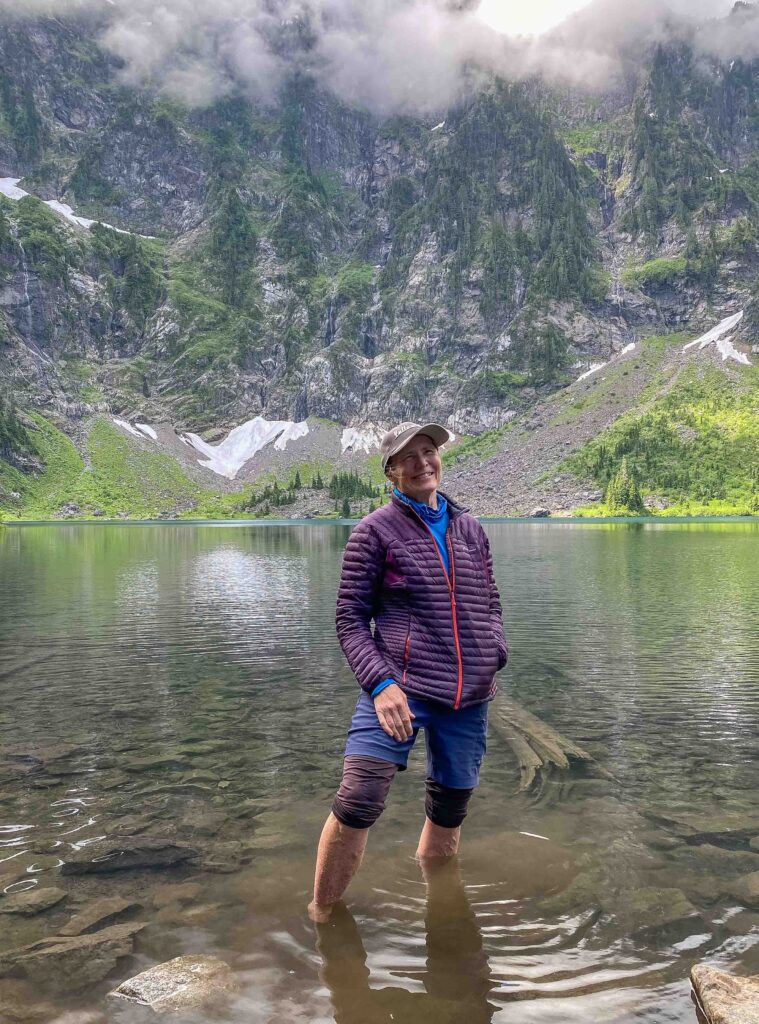
I grow the most when I show up not just as a trainer, coach, or hike leader, but as a collaborator, as a student of humankind, ready to learn just as much from everyone else as they do from me.
From Trainer to Collaborator: Learning Alongside My Clients
For years, my default role was “the expert”. I really don’t LIKE telling people what to do any more. Each individual is the expert at what they need. In the personal training world, I was the one counting reps, correcting form, and delivering plans. That structure worked for twenty years, but it never invited the deep engagement I craved. I wanted to empower people and help them create lasting change, not just complete a workout.
Today, I see myself more as a companion in change, a co-creator rather than a prescriber. Yes, I bring decades of experience, and yes, I have a wide and growing set of tools. I still have people coming to me wanting to be told what to do. But I’ve also learned how powerful it is to listen for what someone already knows but hasn’t yet trusted.
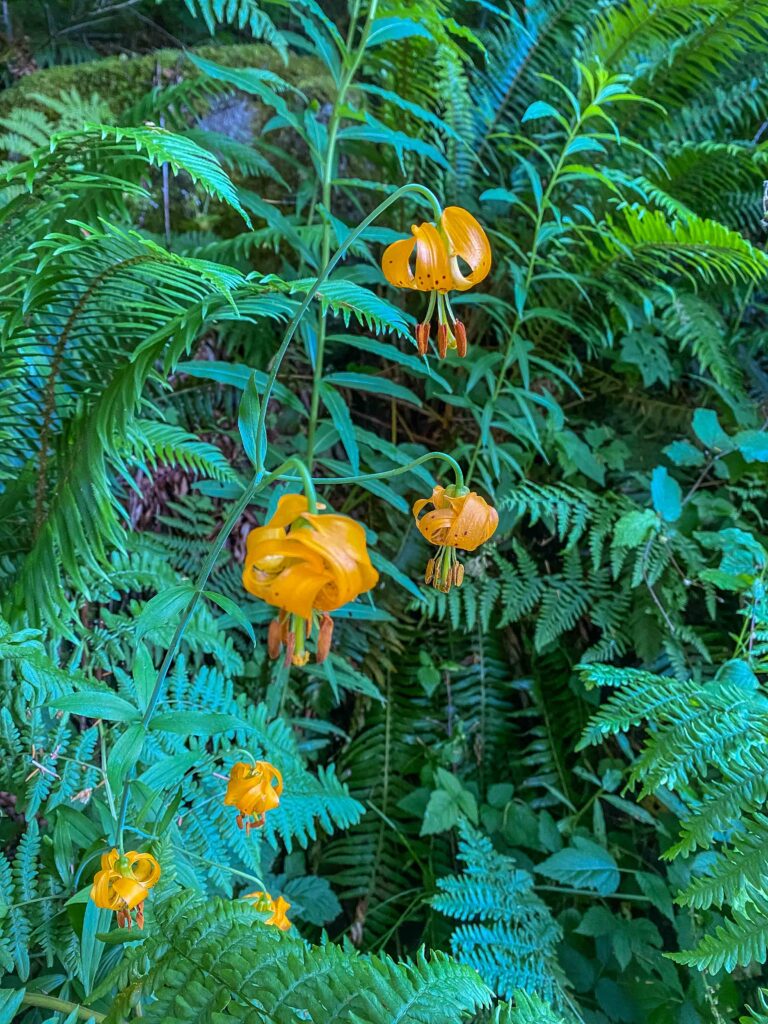
My Teachers in Change
Some of my greatest teachers these days are my clients who have taught me:
- how patience and creativity can blend beautifully.
- that complaining gets you nowhere. Only taking action gets us to move forward.
- what aging gracefully really looks like.
- how to work through years of accumulated pain, long histories of movement patterns, or a sense of urgency to reclaim diminishing strength.
These people aren’t just receiving coaching—they’re shaping how I coach. They are my best teachers. My confidence in the outdoors is well earned. But my confidence in work is constantly evolving—as I allow myself to become the guide who doesn’t have to fix everything, but who can walk beside others while they figure it out.
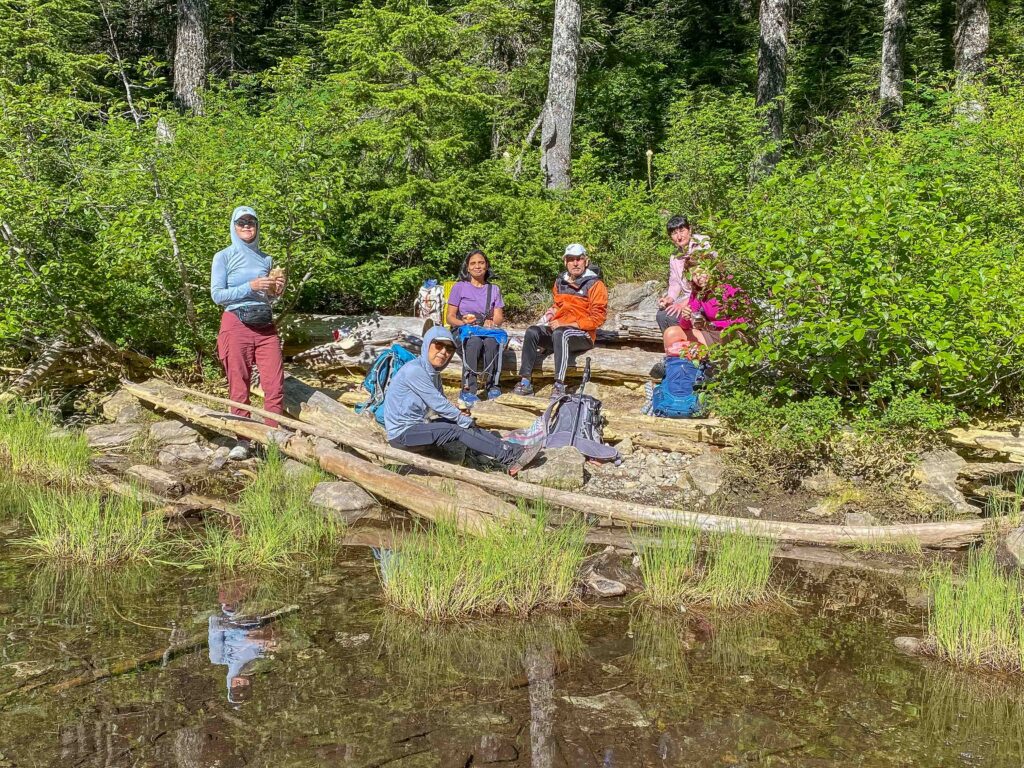
These shifts in how I lead, write, and coach aren’t abstract—they show up in real time, often in moments I didn’t plan. Change doesn’t always announce itself with clarity or control. Sometimes it looks like discomfort, messiness, or unexpected detours. The real test of growth is what I do in those moments.
Real-Time Reframing – When the Trail Isn’t So Tranquil
On July 3, I headed out for a family hike to Lake 22. I hoped it would provide me with some space to reflect on this monumental 180th blog. Instead, it handed me a real-world exam in how far I’ve come.
From 9:15 to 12:45, we encountered over 300 people. I saw a massive pile of trash left halfway up the mountain that made my stewardship-loving heart ache. I spent much of the hike juggling Ajax’s leash, starting and stopping as people passed, responding to my husband’s business ideas, and wondering whether a helicopter might remove that mound of trash.

Let’s not forget the words, “Good To Tow,” etched into our driver’s side window. Despite parking where 30 to 40 other cars had – all of whom also had the same graffiti on their windows — we returned to find a Granite Falls citation stuck under our windshield wiper.
Interpretation: Then and Now
In the past, this kind of day would have made me withdraw. I might have vented in a trip report, spiraled into irritation, or gone quiet and disappeared. But this time, when my husband commented on the tone, saying “That wasn’t the trip as I experienced it,” I paused. Maybe he had a point.
Instead of grumbling about him censoring my opinion, I put myself in his shoes and saw what he was referring to, then I rewrote the trip report before anyone saw it, editing not for false positivity, but for fairness and clarity. I owned what I could and let go of what wasn’t mine. I illustrated what’s beautiful in nature, and what we saw as problems: factually, not complaining.
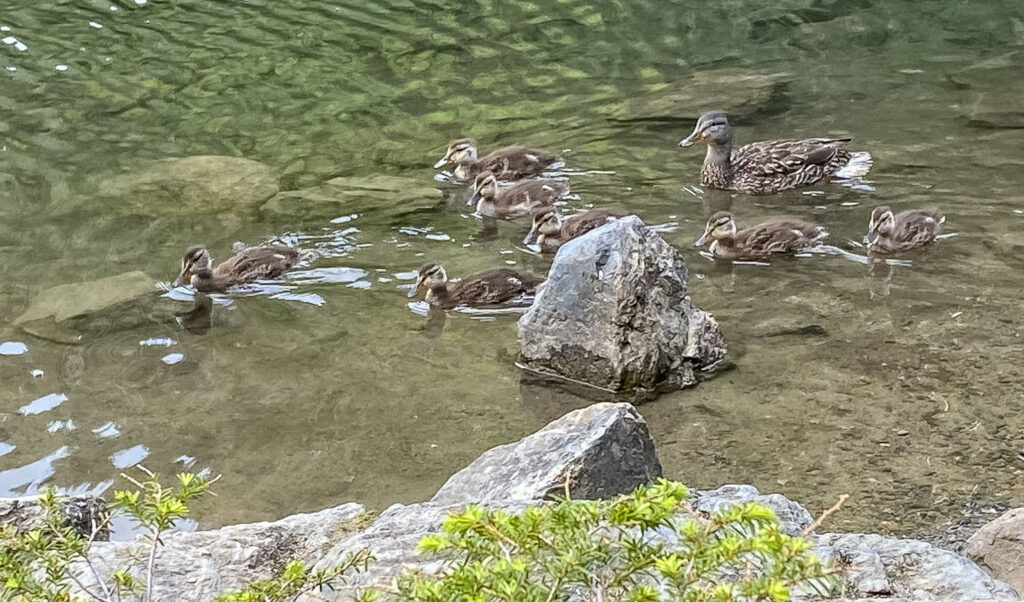
It was a messy day. But it was also a moment of choice.
A reminder that my tools aren’t just for others to learn from—they’re for me, first and foremost. To step back. Laugh. Reframe. And to lead by example, even when no one’s watching—especially then.
In the past, I would have sulked and stewed. This time, I received the criticism, cried about it, took some deep breaths, and then changed course. I felt much better about the new direction.
Courage in Writing: Going Deeper, Speaking Truer
When I first started blogging, I was afraid I had nothing original to say. Now, four years and 180 posts (and a few Mountaineers Magazine guest articles) later, I’ve realized it’s not about originality but honesty. Nobody can write through my lens because nobody has the same messy backstory or current experiences that I do.
What takes courage now isn’t publishing a post, it’s being willing to be vulnerable and go deeper. Writing about the things that don’t have neat resolutions. Naming discomfort without rushing to fix it. Revealing parts of myself I used to keep tucked away: doubt, grief, shame, guilt, tenderness, and the quiet victories no one claps for.
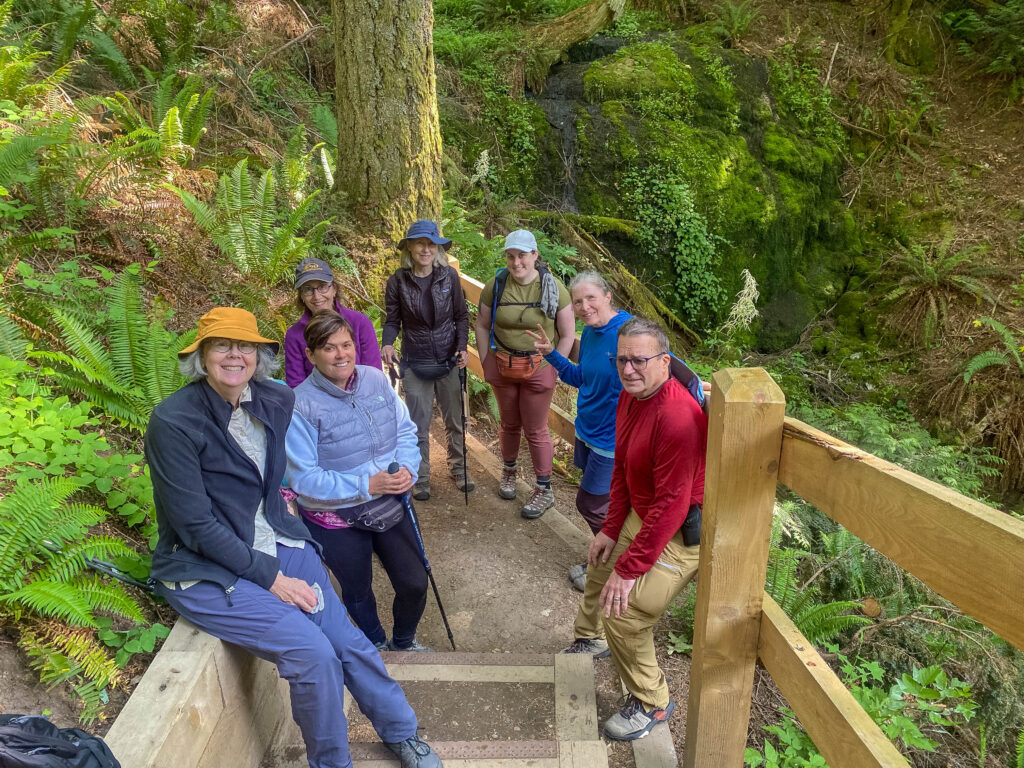
Writing has become a mirror, a meditation, and a method of making sense of change. And while I still value clarity and structure, I’ve learned to welcome the raw edges, too.
I’ve also learned to ask for help—from my critique group, from trusted readers, from my husband, even from AI to help organize my expanding and ever-growing network of thoughts. Not because I can’t write, but because I care deeply about writing well. Writing clearly. Creating blog posts that help me connect with myself and with readers. Writing that reflects who I really am.
That, to me, is courage.
Change: What I Know Now
Four years ago, I stepped onto the trail of change, unsure where it would lead. I just knew I had to start walking.
I thought I was building a blog. In truth, I was building a relationship—with my voice, my values, and my evolving definition of strength. I thought I was sharing tips, stories, and reflections for others. I’ve found that the real audience is always myself, first and foremost, reminding me that I’m allowed to grow, stumble, reframe, fail, and begin again. Constantly.
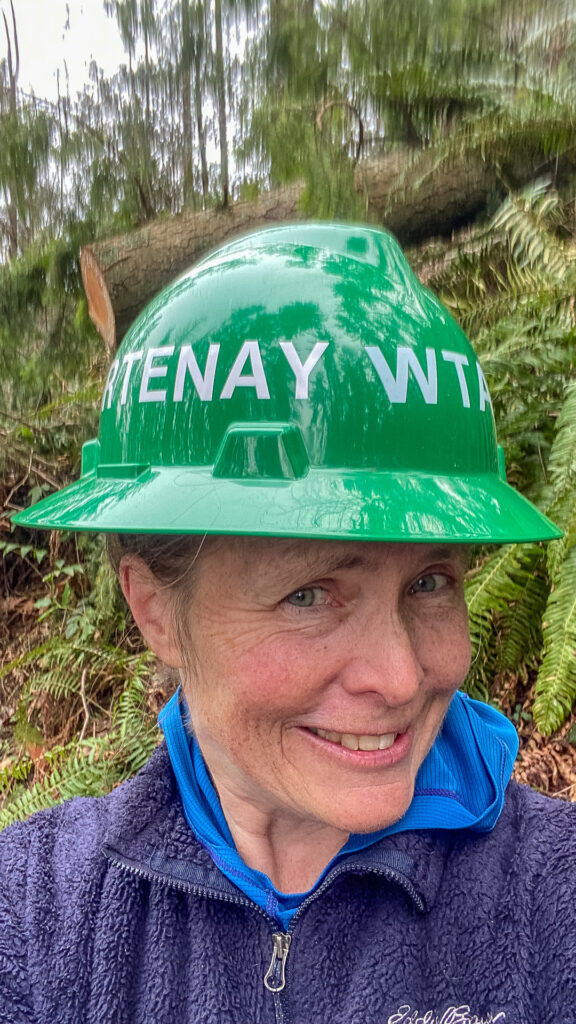
Change doesn’t ask for perfection. It asks for presence. For grit and determination. It asks that I keep showing up with clarity when I have it, with compassion when I don’t.
Writing continues to be one of the most grounding practices I have, one that connects me to the trail, to others, and to the quiet voice inside that’s learning to trust its place in the world. And if that voice changes again tomorrow? Well, that’s the trail doing its best work.
Thank you for reading my blog and sharing this journey with me, whether this is your first time reading or 180th. If you have a question, observation, or comment, please post. I love hearing from readers. Edited 7/7/25 thanks to thoughtful and heartfelt, honest comments from my critique group. Couldn’t have done the past four years without all five of you lovely writers.

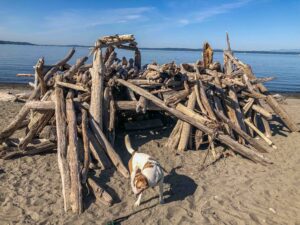
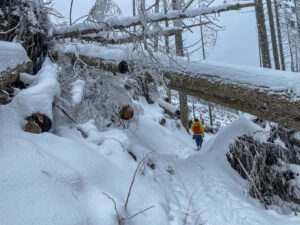
Hi Court – I’ve been savoring each section of your reflection essay. At one point, I found myself reflecting on the importance of the process with which you made the commitment to writing the blog and how by being clear on the why, four years of journaling one blog entry at a time, has culminated in a body of writing long after memories have blurred, that rekindle and revitalize and help one put into perspective the lessons learned with the layers of life experience. I want to acknowledge this archaeological process to cull through 180 blogs and go to your personal essence of these past four years, demonstrating a real commitment to lifelong learning and that sense of personal agency to build our lives.
You bring this to our coaching sessions! Thank you, Court.
Margie, what a lovely comment to read. Thanks so much for sharing your experience as a reader. I value your input and love working with you. I will be offering a “reflections” blog this week and in a few weeks I’ll do a “What leading CHS in 2025” has meant to me. You also do a great job curating your own experiences and I always look forward to hearing what you’re learning. Appreciate the comment!
Way too funny that you were criticized for not bringing bug spray on the hike! It immediately brought to mind a particular personality that I have dealt with on mulitple hikes. And therefore has prompted me to re-read this blog in a slower and more thoughtful way in order to perhaps gain a few pearls of wisdom!
I love that you commented on this — thanks so much. I know exactly what type of personality you’re talking about. You got this. I’m writing an “intentions” post for this week in hopes it will also trigger some food for thought for you. Keep on hiking!